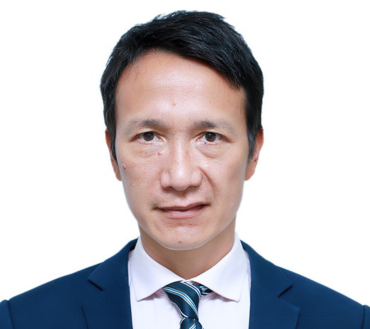
The AEO program has been implemented by the General Department of Vietnam Customs ('GDVC') since 2011. During its 13 years of development, the number of recognized AEO companies accounts for a small portion of the total import-export enterprises in Vietnam, but the import-export volume of AEO companies accounts for more than 30% of the country's total import-export turnover.
AEO is undoubtedly considered the 'playground' of big companies in Vietnam, where the 'players' are trying to gain a competitive advantage in their industry by becoming accredited as trusted operators. Applying for AEO can be perceived as challenging, but here, we aim to shed some clarity on the process of applying for and maintaining AEO status.
How Does the AEO Regime Benefit Businesses?
The AEO has the highest level of compliance in Vietnam Customs' compliance ranking system. Prioritizing the AEO regime enables importers and/or exporters to gain access to streamlined customs simplifications, particularly with the following advantages:
- Faster Customs Clearance: Exemption from documentation inspection and utmost reduction of physical inspections; priority clearance when selected for inspection.
- Reduced Customs Intervention: Exemption from desk customs; only audits are conducted once at the taxpayer's premises every three years.
- Tax Payment deferment: Consolidated tax payments for shipments until the 10th day of the following month. Allowance for duty refunds first and refund audits later; delayed tax payments for shipments.
Necessary Conditions for AEO Applicants
An AEO applicant should possess the following characteristics:
- Business Activity: Be an importer, exporter, customs brokerage agent, or a key investment project in Vietnam. However, in practice, AEO status is currently granted primarily to importers and exporters.
- Financial Performance: Achieve the required annual import-export revenue (e.g., a total average import-export revenue of USD 100 million or more in two consecutive years).
- Compliance: Demonstrate good compliance with tax, customs regulations, accounting, and audit legislation.
- Electronic Procedures: Utilize e-tax and e-customs procedures and make payments for imported and exported goods through banks.
- Internal Controls: Have a robust internal control system to manage, monitor, and control operations, ensuring the safety and security of the supply chain for exported and imported goods in specific areas, including transport processes, container safety, duty segregation, IT security, staff security, and supervision of important locations.
Sufficient Conditions for AEO Applicants
Despite the availability of clear conditions in the regulations, the comprehensive appraisal by customs authorities makes the AEO accreditation process challenging for most aspiring applicants. Since 2019, the GDVC has been responsible for assessing AEO applications, previously handled by provincial customs departments. Our observations indicate a significant decrease in the number of AEOs recognized since this transfer.
The evaluation criteria for AEO conditions have become increasingly refined, particularly focusing on internal control systems. The appraisal team not only examines the company's responses to questionnaires but also evaluates relevant standard operating procedures (SOPs) and may conduct interviews to confirm consistency between SOPs and actual implementation. Before applying, AEO applicants should thoroughly review their customs compliance status and address any non-compliance issues to strengthen their internal control system. The GDVC offers "AEO consultations" to help companies clarify regulations and assess their chances of meeting AEO conditions.
While achieving AEO recognition is a significant milestone, the GDVC continues to reassess AEO compliance based on information from customs and tax departments. Over the past decade, a few AEOs have been suspended for failing to meet their responsibilities or comply with prescribed conditions. To mitigate these risks, AEO companies should maintain a self-inspection and timely reporting scheme within their internal control system. A comprehensive review before the end of the AEO validation period (three years) is highly recommended to prepare for potential customs audits related to the GDVC's reassessment process.
Seize the Opportunity
The GDVC signed the first Mutual Recognition Agreements (MRAs) under Authorized Economic Operator with ASEAN Member States in 2023 and continued to negotiate to sign agreements with other major trading partners. Such advancements will offer more promising trade facilitation measures for AEOs operating in the signed regions, opening the door to integration into prestigious business communities in target markets.
Tradewin Vietnam believes that by offering a tailor-made approach refined through our in-depth experience in providing AEO-related services, we can effectively support our clients with all aspects of AEO status, from initial preparation to application and pre-assessment for AEO renewal.
How Tradewin Can Help
Obtaining AEO status is a lengthy process. Generally, it can take 8 to 9 months, with 6 months of preparation and 2 to 3 months of follow-up during the application phase. Specifically, Tradewin Vietnam can assist companies in each phase as follows:
- Preparation
- Conduct a pre-application gap analysis to identify potential areas for improvement before applying.
- Assist with implementing recommendations and closing identified gaps.
- Initiate an AEO consultation with the GDVC.
- Application and Assessment
- Prepare, compile, and submit the AEO application dossier to the GDVC within four weeks.
- Assist the AEO applicant during the AEO appraisal process for 1 to 2 months.
If you still have questions about how to seize this opportunity or secure AEO status, Tradewin Vietnam is here to help you prepare!




